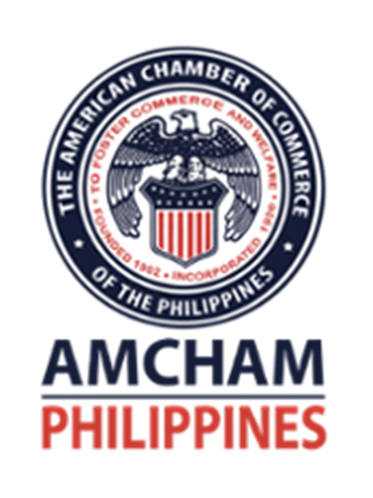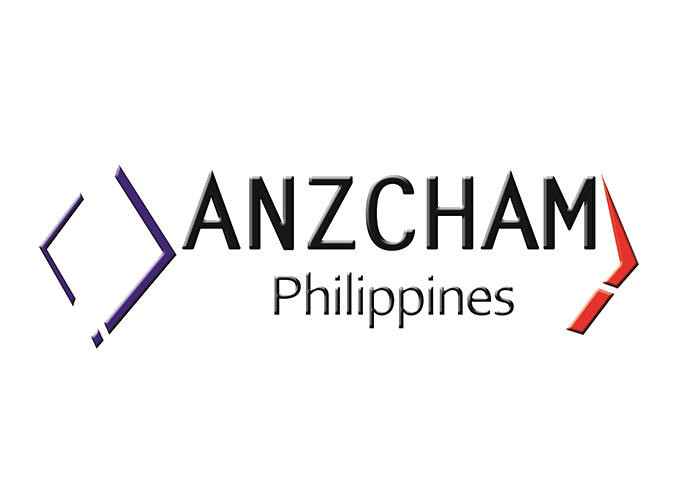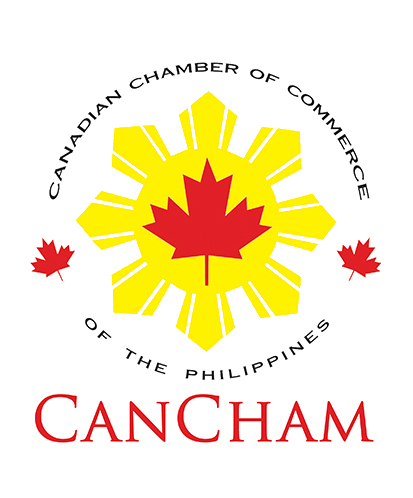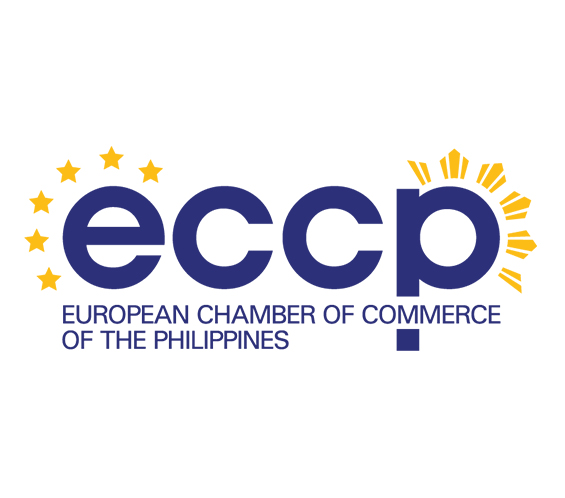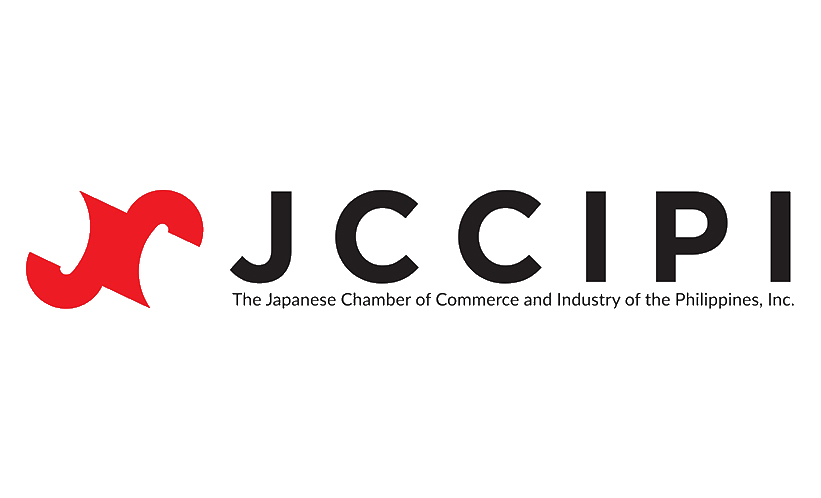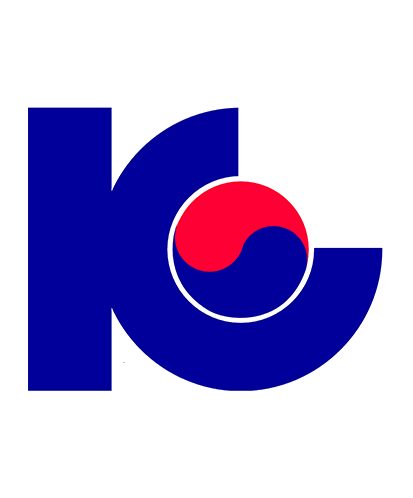
There is more proof that Metro Manila traffic is among the worst in the world. Numbeo has quantified a “traffic index” for major cities around the world, shown in the table below. For brevity, I removed two columns — Time expended index and CO2 emission index. The definitions are as follows:
• Traffic Index — is a composite index of time consumed in traffic due to one’s job commute, estimation of time consumption dissatisfaction, CO2 consumption estimation in traffic, and overall inefficiencies in the traffic system.
• Time Index — is an average one way time needed to transport, in minutes.
• Inefficiency Index — is an estimation of inefficiencies in the traffic. High inefficiencies are usually caused by the fact that people drive a car instead of using a public transport or long commute times.
As of mid-2019, Metro Manila is 5th worldwide, the highest ranking among ASEAN cities; 8th is Jakarta, 26th is Bangkok (see table).
BAD DATA FOR US IN THE PHILIPPINES.
The good news is that there are some big road-rail projects that are nearing completion and will help reduce Metro Manila traffic. Plus there are innovations like the P2P buses which are modern, convenient and safe, fast and not expensive. People take taxi or air-con vans, or transport network vehicle service (TNVS) from their residence or village to P2P terminals, say Trinoma QC to Makati, then walk or taxi or TNVS again to their final destinations.
TNVS is preferred by many passengers because it is technology-based, there is transparency, people know the name of the driver, the car model or plate number, and the fare before the car arrives.
Enter government agencies and they make simple things complicated by creating new regulations and prohibitions.
First, the Land Transportation Franchising and Regulatory Board (LTFRB). It imposed a vehicled cap — a maximum number of authorized TNVS — even if demand is much higher than supply. It also imposed fare control, a fare cap, and a surge cap even if passengers are willing to pay higher prices just to get to their destinations faster and safely during rush hour or during street flooding. It disenfranchised hatchback cars as TNVS, but later gave way to pressure by these middle class Filipinos who just want an honest livelihood.
Second, the Philippine Competition Commission (PCC). First it penalized Uber and Grab because they quickly merged in April 2018 without getting its permission first, even if it was a global decision by Uber to exit the ASEAN region quickly as it was bleeding financially. Then it restricted the surviving entity, Grab with an Uber minority, when it issued its “Commitment Decision” on Aug. 10, 2018. The fines were P2 million per breach of commitment.
These commitments were: a Service Quality Commitment, a Fare Transparency Commitment, a Pricing Commitment, a Driver/Operator Non-Exclusivity Commitment, an Incentives Monitoring Commitment, and an Improvement Plan Commitment. These were binding for one year, to expire Aug. 10, 2019.
Then last week, on Aug. 13, the PCC extended the Commitment Period for 71 days, from Aug. 11 to Oct. 20, because it found “competition has not improved in the ride-hailing market” and “Grab has the ability and incentive to raise its prices and reduce the quality of its services.”
The law of unintended consequences always kicks in. When government over-regulates a sector supposedly to expand competition, potential big entrants are discouraged from coming in because the same restrictions will apply to them when they become bigger and successful someday.
And if dominant player raises its prices while service quality declines, then people can simply stop patronizing it. There are many alternatives — regular taxis, smaller TNVS players, drive their own cars or motorcycles, the motorcycle ride-hailing app Angkas, aircon vans, etc. There are no guns pointed at people’s heads forcing them to ride only the dominant TNVS, whether they like it or not.
The PCC is wrong and misguided in creating and expanding the regulations and restrictions.
Third is the Metro Manila Development Authority (MMDA). It will soon prohibit provincial buses from entering EDSA, they will have to stop and unload passengers in Valenzuela or Bulacan in the North, and in Sta. Rosa, Laguna or PITX in Parañaque.
The MMDA does not realize that some or many passengers of those provincial buses are car/motorcycle owners. They leave their vehicles at home or at their offices and take the provincial buses because it is convenient, they get off in Cubao or Pasay then take a taxi or TNVS to their final destinations.
When these provincial buses stop only in Bulacan or Laguna, then it will be more inconvenient so many of these passengers will drive their cars or motorcycles to Metro Manila, and this will further worsen traffic congestion. Again, the law of unintended consequences kicks in.
Government should step back from creating more regulations and prohibitions. They distort the individual and corporate incentives system and we get the unintended consequence — more traffic congestion.
Bienvenido S. Oplas, Jr. is the president of Minimal Government Thinkers.
Source: https://www.bworldonline.com/pcc-ltfrb-mmda-and-transportation-woes/



















































